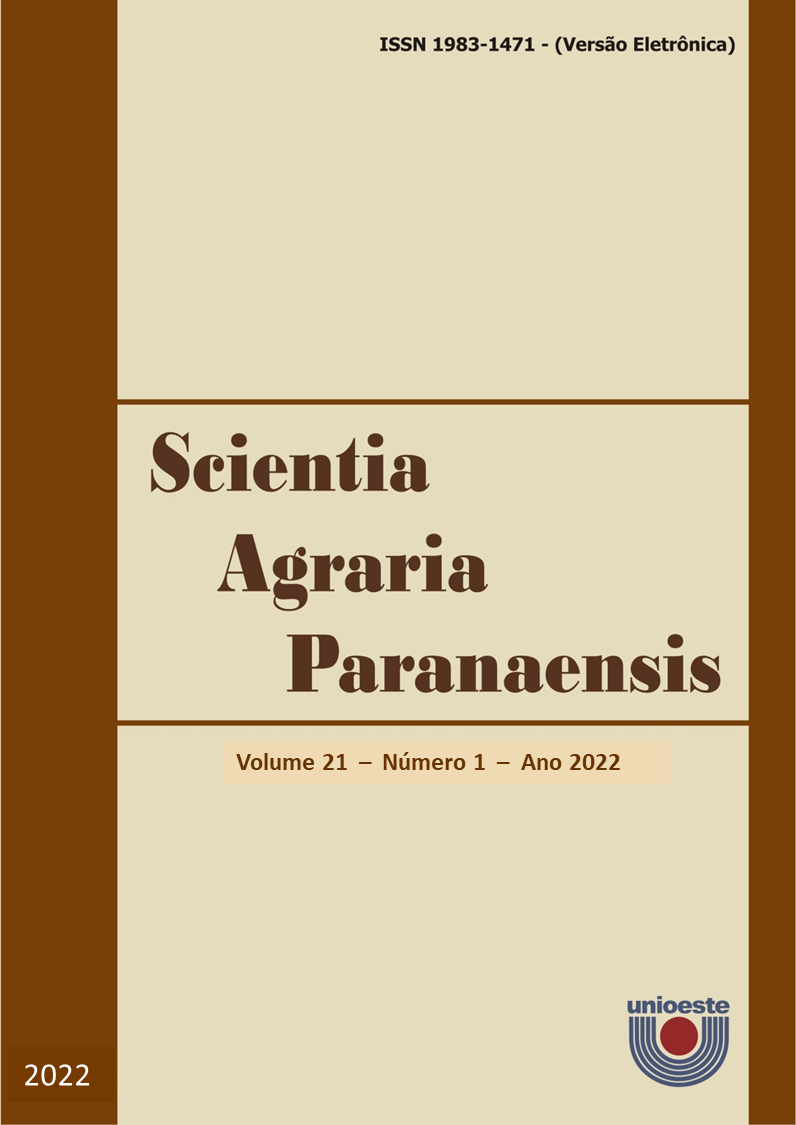Loss of genetic diversity among pirarucu broodstocks in fish farms: a pilot study
DOI:
https://doi.org/10.18188/sap.v21i1.27896Resumo
Molecular markers can be used to monitor genetic variability in cultivated fish stocks with the aim of developing better aquaculture techniques and increasing productivity. In view of the above, the objective of the present work was to evaluate the genetic variability in pirarucu broodstocks in fish farms in the southeast and northeast of the of Pará state, Brazil. The samples were genotyped using four microsatellite markers, and genetic diversity indices were calculated for each broodstock. A total of 16 alleles were identified from the four loci tested in the 33 pirarucu samples, with means of 3.00, 2.75, and 2.25 alleles per locus in broodstocks from Tucumã, Parauapebas, and Moju municipalities, respectively. The Parauapebas broodstock had the highest mean observed heterozygosity. In the broodstocks from Tucumã and Parauapebas, the markers AgCAm16 and AgCAm18 were not at Hardy-Weinberg equilibrium. This pilot study showed that there were considerable losses of genetic variability in pirarucu breeding centers in the municipalities of Tucumã, Parauapebas and Moju compared to the variability in the natural populations of this fish species.
Downloads
Publicado
Como Citar
Edição
Seção
Licença
Aviso de Direito Autoral Creative Commons
Política para Periódicos de Acesso Livre
Autores que publicam nesta revista concordam com os seguintes termos:
1. Autores mantém os direitos autorais e concedem à revista o direito de primeira publicação, com o trabalho simultaneamente licenciado sob a Licença Creative Commons Attribution que permite o compartilhamento do trabalho com reconhecimento da autoria e publicação inicial nesta revista.2. Autores têm autorização para assumir contratos adicionais separadamente, para distribuição não-exclusiva da versão do trabalho publicada nesta revista (ex.: publicar em repositório institucional ou como capítulo de livro), com reconhecimento de autoria e publicação inicial nesta revista.
3. Autores têm permissão e são estimulados a publicar e distribuir seu trabalho online (ex.: em repositórios institucionais ou na sua página pessoal) a qualquer ponto antes ou durante o processo editorial, já que isso pode gerar alterações produtivas, bem como aumentar o impacto e a citação do trabalho publicado (Veja O Efeito do Acesso Livre).
Licença Creative Commons
Esta obra está licenciada com uma Licença Creative Commons Atribuição-NãoComercial-CompartilhaIgual 4.0 Internacional, o que permite compartilhar, copiar, distribuir, exibir, reproduzir, a totalidade ou partes desde que não tenha objetivo comercial e sejam citados os autores e a fonte.


